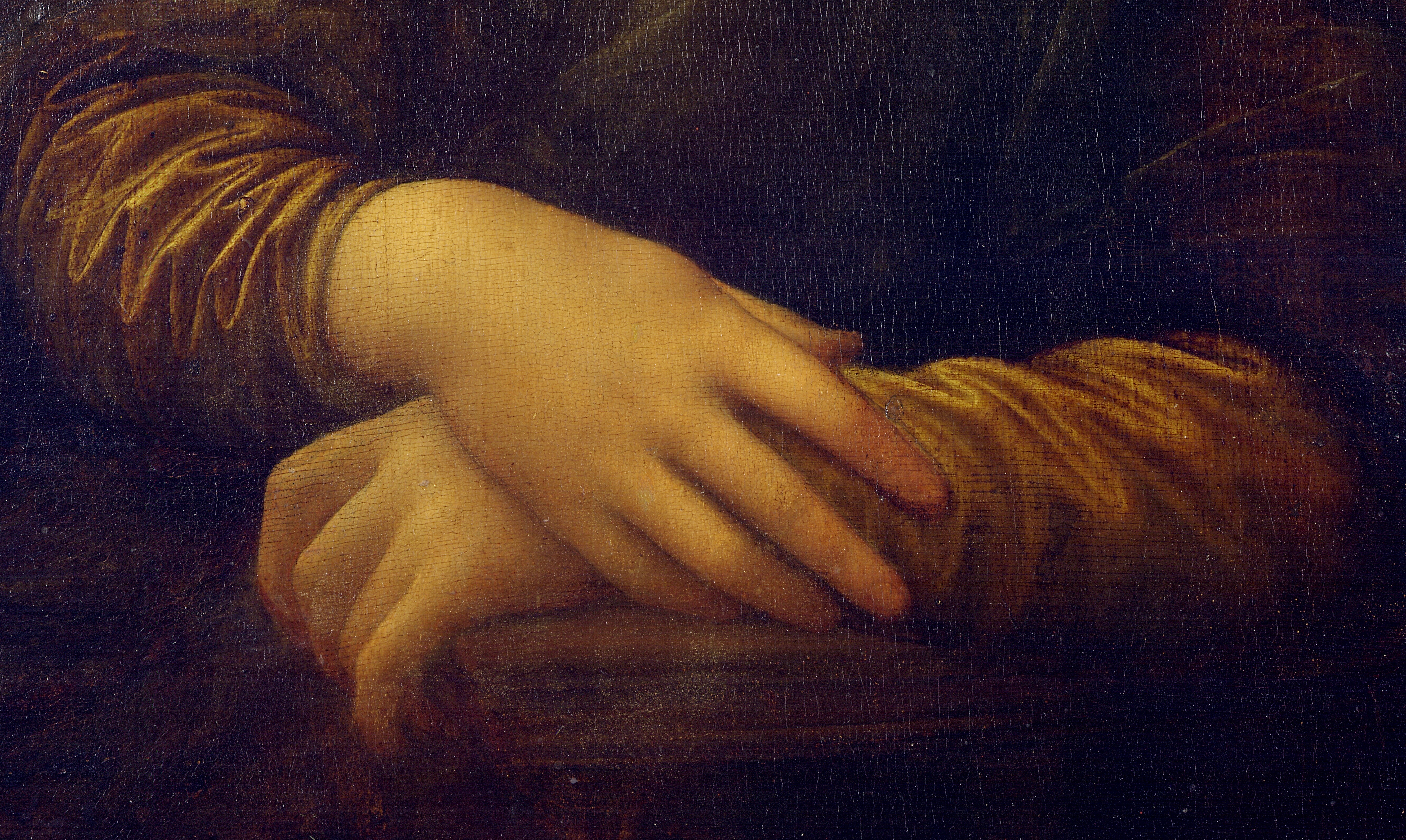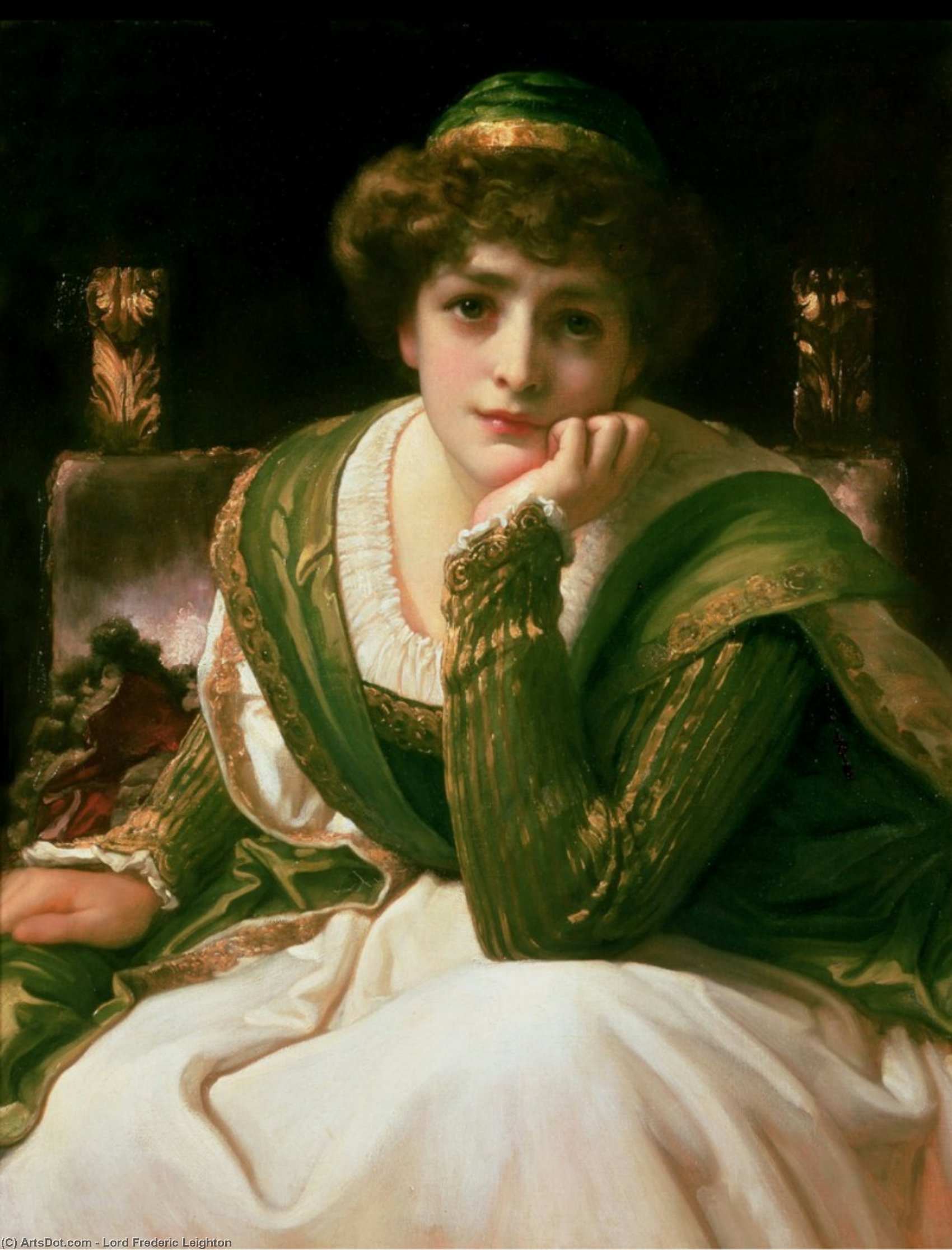Julian Onderdonk (1882-1922) was a Texan Impressionist painter, often called "the father of Texas painting".
President George W. Bush decorated the Oval Office with three of Onderdonk's paintings.
The Dallas Museum of Art has several rooms dedicated exclusively to Onderdonk's work. His art studio currently resides on the grounds of the Witte Museum.
Early years
Julian Onderdonk was born in San Antonio, Texas, to Robert Jenkins Onderdonk, a painter, and Emily Gould Onderdonk. He was the brother of Eleanor Onderdonk, also a prominent Texas painter, sculptor, and art administrator. His grandfather Henry Onderdonk was the Headmaster of Saint James School in Maryland, from which Julian's father Robert graduated.
















